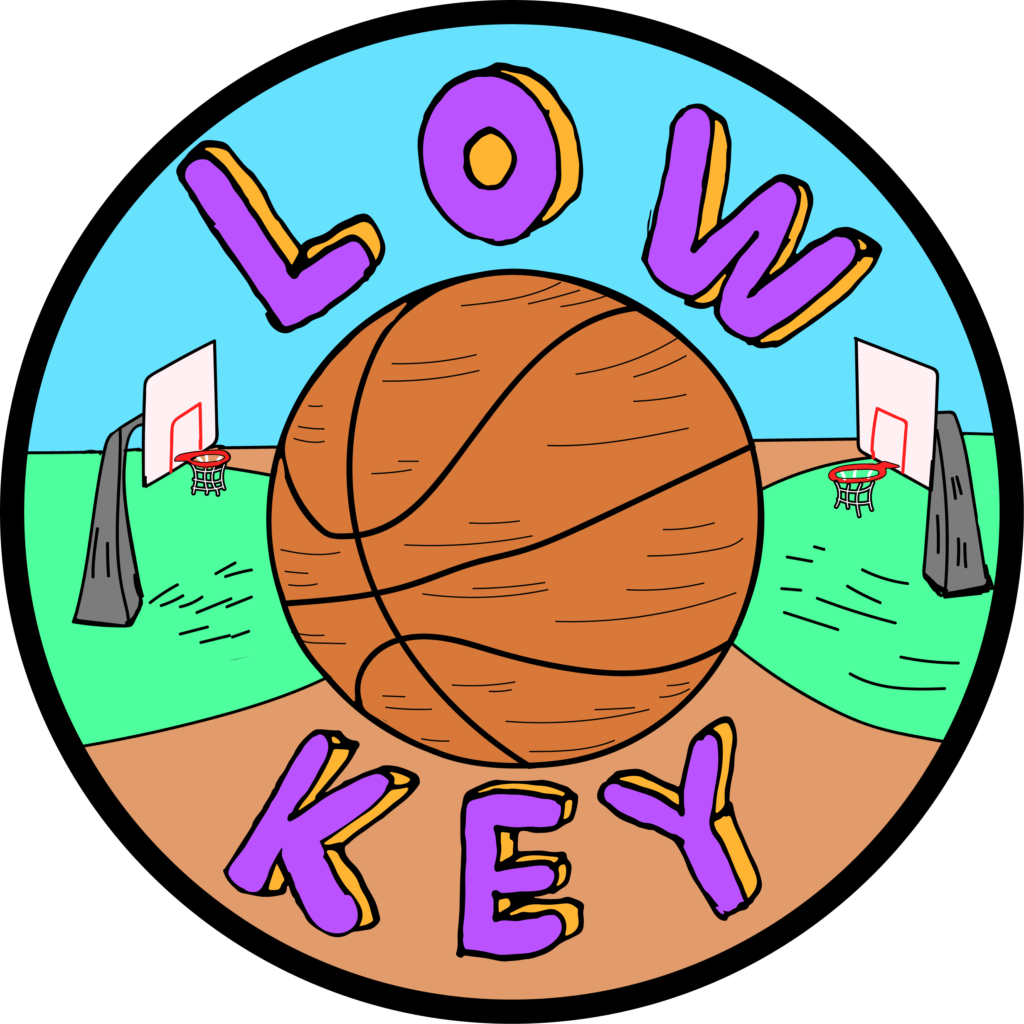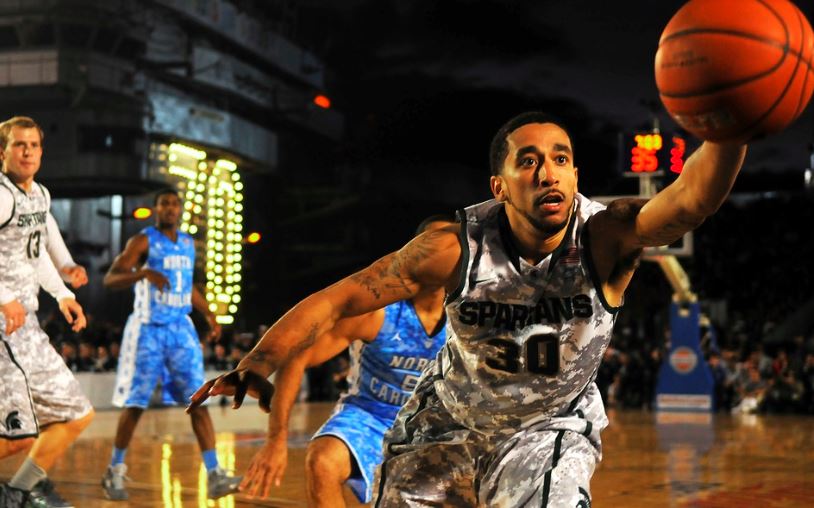It is hard to say what is the best position in basketball, because it is subjective and people like different basketball positions 1-5.
Point guards are the primary ball handlers and playmakers on the team, making them vital to the flow of the offense. Centers are often the largest and strongest players on the team, providing a dominant presence in the paint and helping to control the boards. Shooting guards are typically the team’s best shooters and are relied upon to score in key moments.
Ultimately, the best position in basketball is the one that best suits the player’s individual skills, strengths, and weaknesses. Some basketball players may be best suited to play point guard, while others may excel as a shooting guard or center. The key is to find the position that allows the player to play to their strengths and contribute to the team’s success.
In terms of which position is best for you, here is everyone’s favorite reason for playing each position:
- Point Guard: You get to dribble the most
- Shooting Guard: You get to shoot or score the most.
- Small Forward: You get to wander around on defense.
- Power Forward: You get to shoot outside or be under the basket.
- Center: You have the privilege of battling for the boards.
3 Reasons why each basketball position is the best one:
- Point Guard:
- Directs the offense: Point guards are responsible for directing the offense, bringing the ball up the court, and setting up their teammates for scoring opportunities.
- Playmaking: Point guards are also relied upon to create scoring opportunities for themselves and their teammates. They must be able to read defenses and make quick decisions with the ball.
- Ball control: Point guards must also have good ball control and be able to handle the ball effectively, even in high-pressure situations.
- Shooting Guard:
- Scoring: Shooting guards are the primary scorers on the team and are relied upon to put points on the board.
- Shooting: As the name implies, shooting guards must be excellent shooters and able to make shots from long range.
- Defense: Shooting guards are also expected to play solid defense, helping to limit the opposing team’s best scorer.
- Small Forward:
- Versatility: Small forwards are often known for their versatility, being able to contribute in a variety of ways on both offense and defense.
- Rebounding: Small forwards must also be able to rebound the ball effectively, helping their team to secure possession.
- Scoring: Small forwards are also expected to score, whether it’s driving to the basket, shooting from long range, or making quick decisions in fast break situations.
- Power Forward:
- Physicality: Power forwards are typically the strongest and most physical players on the team, providing a dominant presence in the paint.
- Rebounding: Power forwards must also be able to rebound the ball effectively, helping their team secure possession.
- Scoring: Power forwards are also expected to score, whether it’s through post-ups, pick-and-rolls, or by making shots from midrange.
- Center:
- Height: Centers are often the tallest players on the team, providing a significant advantage in the paint and helping to control the boards.
- Defense: Centers must also be able to play solid defense, helping to protect the rim and disrupt the opposing team’s offense.
- Scoring: Centers are also expected to score, whether it’s through post-ups, pick-and-rolls, or by making shots from close range.



